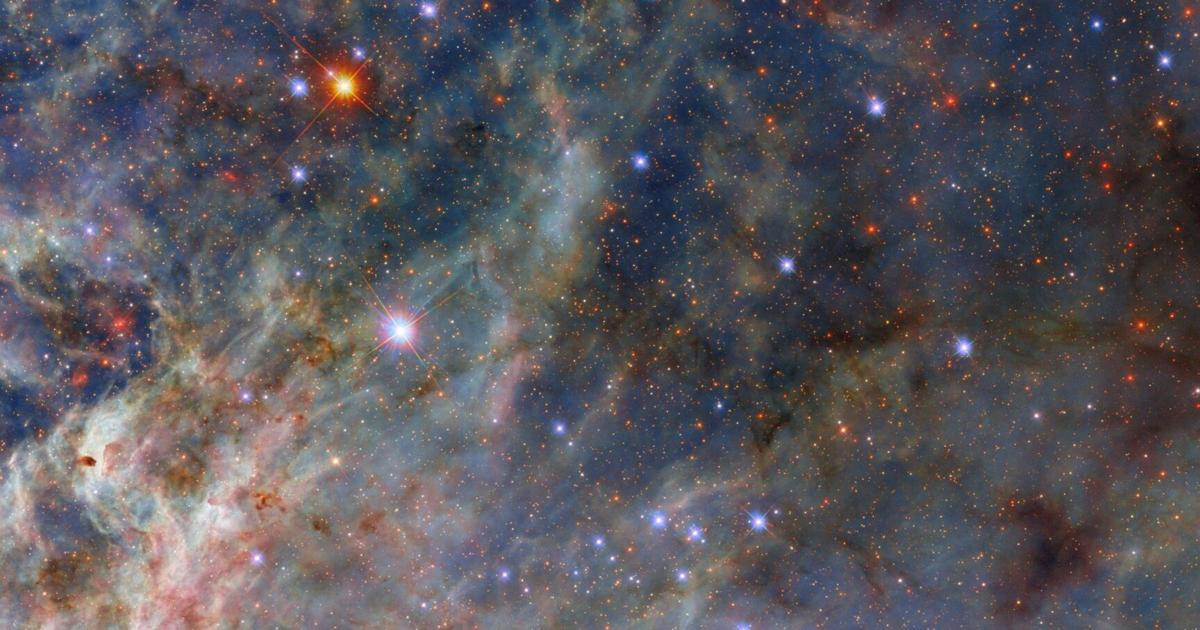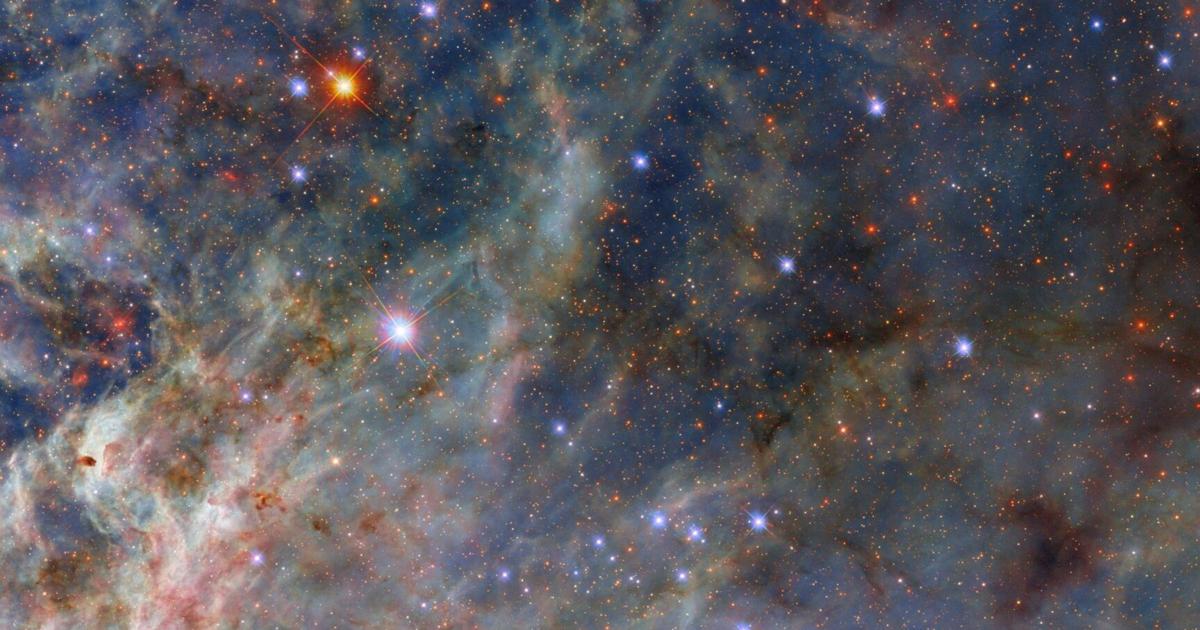We recognize you are attempting to access this website from a country belonging to the…
Author: admin
-

Space scientists’ cosmic calendar has 12 out-of-this-world wonders | News
Space scientists’ cosmic calendar has 12 out-of-this-world wonders | News | kten.com
-

Space scientists’ cosmic calendar has 12 out-of-this-world wonders | Northwest & National News
Space scientists’ cosmic calendar has 12 out-of-this-world wonders | Northwest & National News | nbcrightnow.com
We recognize you are attempting to access this website…
Continue Reading
-

Game Preview: Pacers vs Celtics – NBA
- Game Preview: Pacers vs Celtics NBA
- Boston Celtics regular-season game injury report against Indiana Pacers (December 22, 2025) The Times of India
- Pacers vs. Celtics Prediction, Odds and Best NBA Prop Bets for Monday, Dec. 22 Sports Illustrated
Continue Reading
-

New MacSync macOS Stealer Uses Signed App to Bypass Apple Gatekeeper
Cybersecurity researchers have discovered a new variant of a macOS information stealer called MacSync that’s delivered by means of a digitally signed, notarized Swift application…
Continue Reading
-
Vaccine-preventable HPV burden and cervical abnormalities in women during 2022–2024 Octobre Rose campaigns in Libreville
Mboumba Bouassa, R. S. et al. Cervical cancer in sub-Saharan Africa: a preventable noncommunicable disease. Expert Rev. Anti Infect. Ther. 15, 613–627 (2017).
Ferlay J. et al. Global Cancer…
Continue Reading
-
Exclusive: U.S. eyes additional Coast Guard assets to seize fleeing tanker, sources say – Reuters
- Exclusive: U.S. eyes additional Coast Guard assets to seize fleeing tanker, sources say Reuters
- Trump says US will keep or sell oil seized from tankers off Venezuela Dawn
- Analysis: China has condemned Trump’s Venezuela blockade. But it may also…
Continue Reading
-

Guernsey volunteers deliver festive food for Christmas
Older and vulnerable islanders in Guernsey are set to receive free Christmas lunches delivered to their homes this festive season.
Oscar Webber, vice chairman of Guernsey and Dorset Round Table, which helped organise the initiative, said it “means a lot to know that we can make a difference in the community and show people, at such a special time, how much everyone really matters”.
About 40 fully prepared meals will be delivered across the island on Christmas Eve, ready to be heated the next day.
The lunches have been prepared by local restaurant Lost Yeti, with volunteers helping to deliver them to households.
Continue Reading
-

UN torture expert raises concerns over detention conditions of Imran Khan’s wife in Pakistan – JURIST
The UN Special Rapporteur on torture raised concerns on Wednesday about the detention conditions of Bushra Bibi Khan, the wife of former Pakistani prime minister Imran Khan. She urged Pakistani authorities to take immediate measures to improve…
Continue Reading
-

UAE Welcomes Prisoners and Detainees Exchange Agreement in Yemen
UAE-EU Dialogue on Human Rights Holds 13th Meeting, in Abu Dhabi
The UAE-EU Dialogue on Human Rights held its 13th meeting at the Ministry of Foreign Affairs headquarters in Abu Dhabi. The session underscored key…
Continue Reading
-

Construction of 3D enhanced CT radiomics to predict circadian gene exp
Introduction
Liver cancer ranks among the top three causes of cancer-related deaths in 46 countries and among the top five in 90 countries. As the global population continues to grow, both incidence and mortality from liver cancer are expected…
Continue Reading